To jumpstart the country’s first extensive three dimensional (3D) mapping program, two aircrafts carrying state-of-the-art Light Detection and Ranging or LiDAR instruments took off last week at Clark Airbase to begin scanning the Pampanga river basin.
The development of 3D maps is part of the Department of Science and Technology (DOST)’s Nationwide Operational Assessment of Hazards or Project NOAH, the country’s flagship program in disaster mitigation. Particularly, it is a component of Project NOAH’s Disaster Risk and Exposure Assessment for Mitigation or DREAM Program.
Project NOAH’s DREAM component will create stunning 3D images—reliable,detailed, and up-to-date flood models of the country’s 18 major river basins plus watersheds, and later will include all other flood-prone areas in the country.In two years, DREAM will complete all flood models of the major river basins, which is roughly 33 percent of the country’s total land area.
According to to DOST Sec. Mario Montejo, the fine-resolution maps will be processed to produce more accurate flood models that will serve as basis to warn communities in advance of potentially deadly floods.

Cheers, our DREAM is about to fly! Department of Science and Technology Sec. Mario G. Montejo (front) pours champagne moments before this plane equipped with LiDAR takes off. The LiDAR instrument will initially scan the country’s 22 major river basins to come up with high-resolution 3D maps. This initiative is part DREAM, short for Disaster Risk and Exposure Assessment for Mitigation, a component of the DOST-led Project NOAH. UP President Alfredo E. Pascual (right) and UP Diliman Chancellor Caesar A. Saloma (middle) cheer on as DOST’s partners in Project NOAH. DOST and UP inaugurated recently at UP Diliman campus Project NOAH’s DREAM office where the information gathered by the LiDAR will be processed. (Photo by Joy M. Lazcano/Text by Framelia V. Anonas, S&T Media Service)
“Along with other components of Project NOAH, such as the deployment of locally made hydromel sensors and rainfall forecast modeling, we are slowly building the infrastructure of how we will be able issue at least a six-hour warning to vulnerable communities against floods and other rain induced hazards for the entire country,” Sec. Montejo explained.
“This is one of the most, if not the most, extensive three dimensional mappings in South East Asia. We are also proud to say that the DREAM Program is composed of Filipino engineers and scientists,” said Program Leader Dr. Enrico C. Paringit.
DREAM employs a technology called Light Detection and Ranging or LiDAR to create 3D datasets to base the intended flood hazard models. LiDAR technology has been around for 10 years, and Dr. Paringit said that it is the most effective technique to accurately measure elevation and depth critical to flood modeling.
“This is what Google maps or Google Earth lacks: a 3D coordinate.It has a few 3D maps but only for select cities, like New York in the US,” said Dr. Paringit.
“LiDAR maps also have vertical accuracy of plus and minus 20 centimeters. Philippine base maps and 2D Google Maps, on the other hand, have plus and minus 10 and 20 meters, respectively, and cannot be used for effective flood modeling,” he added.
Meanwhile, Dr. Paringit categorizes floods according to location—riverine, coastal, and urban—all of which require different modeling approaches, he said. While the focus of DREAM is now mainly for riverine floods or those situated in river basins, LiDAR mapping is equally useful for the other flood types.
The DREAM 3D map shave many other uses, such as in the areas offorest inventory, environmental monitoring, infrastructure planning, fault line mapping, archaeological surveys, agricultural assessment, and even government revenue management.
“The maps to be generated by DREAM will be very beneficial for government agencies. After the initial mapping and flood modeling program, we can always use the LiDAR instruments for other purposes, including post disaster damage assessments like earthquakes, tsunamis, and others,” said Dr. Paringit.
Ultimately, all DREAM’s flood models will be incorporated into the Project NOAH website and shall complement the flagship disaster program’s advanced tools for hazard mitigation, making the six-hour early warning target for communities at risk a reality.
According to Dr. Paringit, the first “rough” flood model of Marikina was put to test during the recent Habagat onslaught in August 8.
“We were able to warn the people of Marikina hours before the flood and averted the possible loss of lives,” he said. “Now with the LiDAR instruments around, the present flood models will be greatly refined up to house level,” he added. S&T Media Service, DOST-STII
Written by: George Robert Valencia III
Tuesday, 27 November 2012 05:13

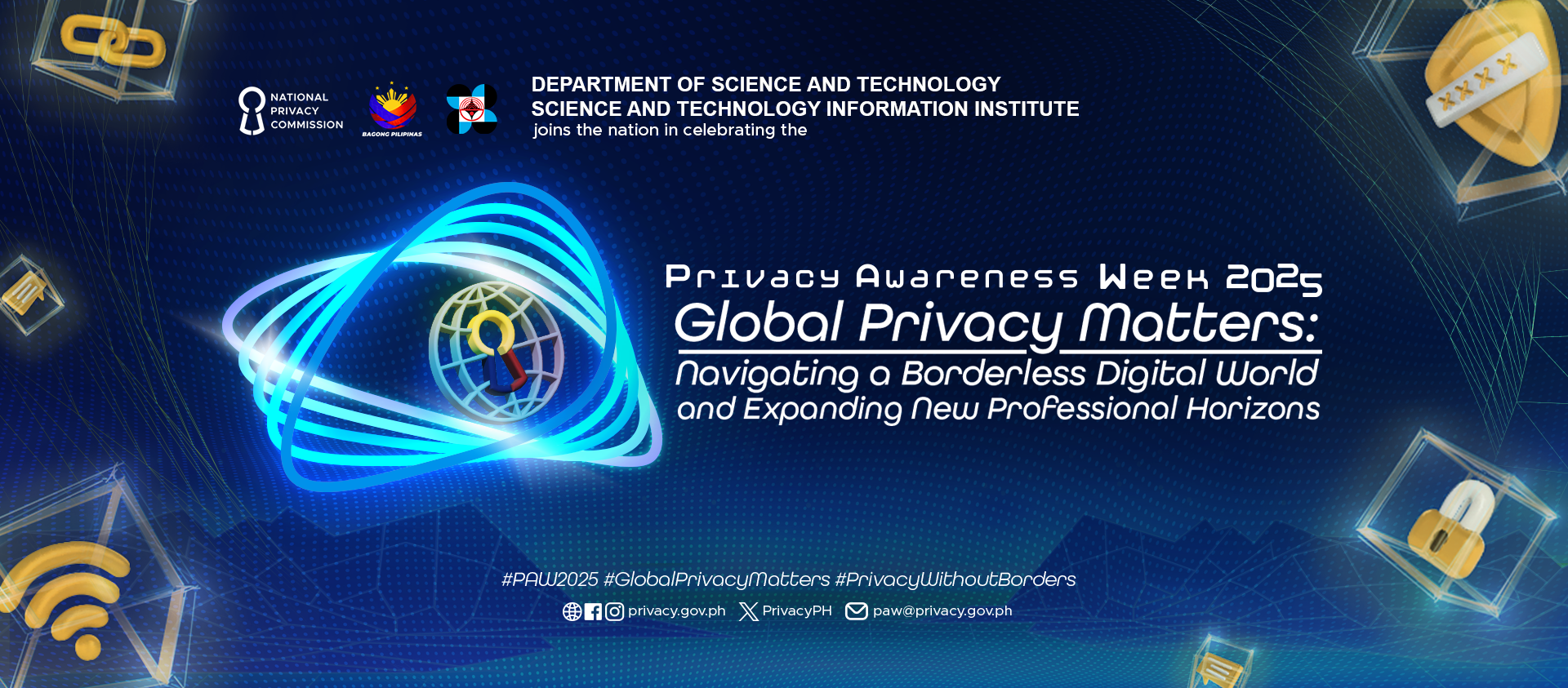
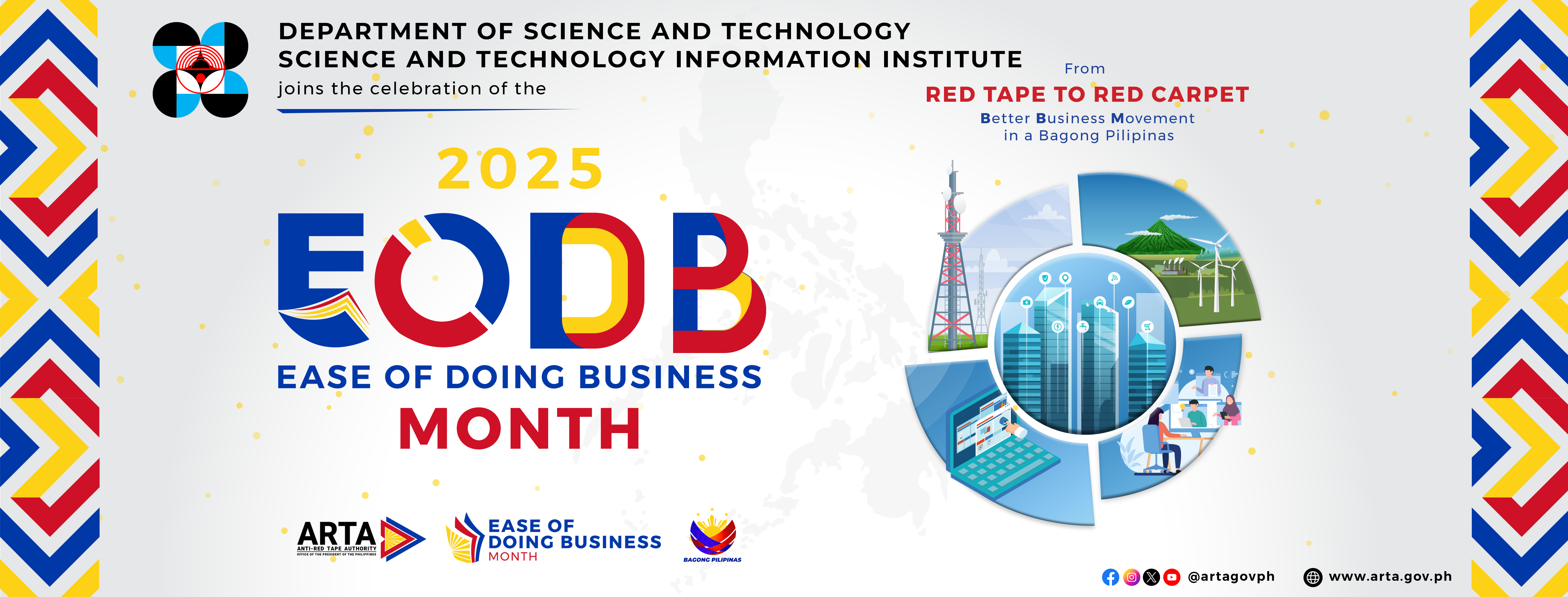
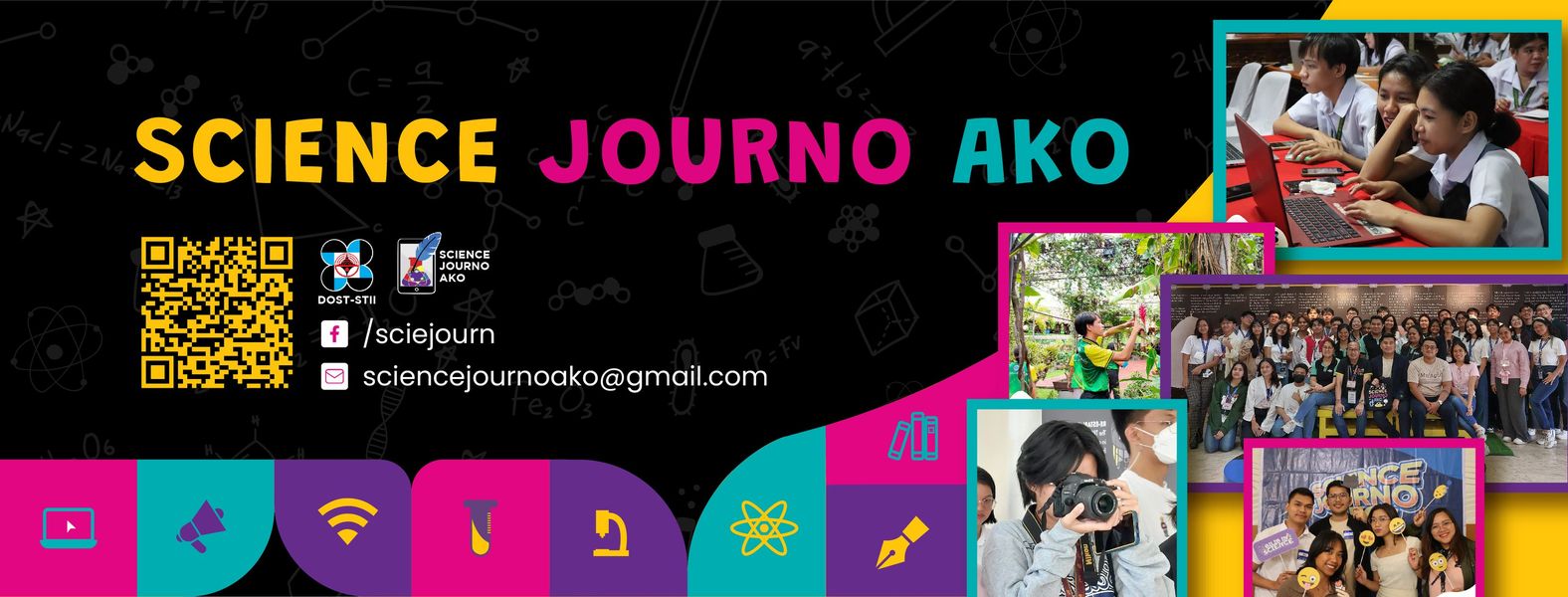

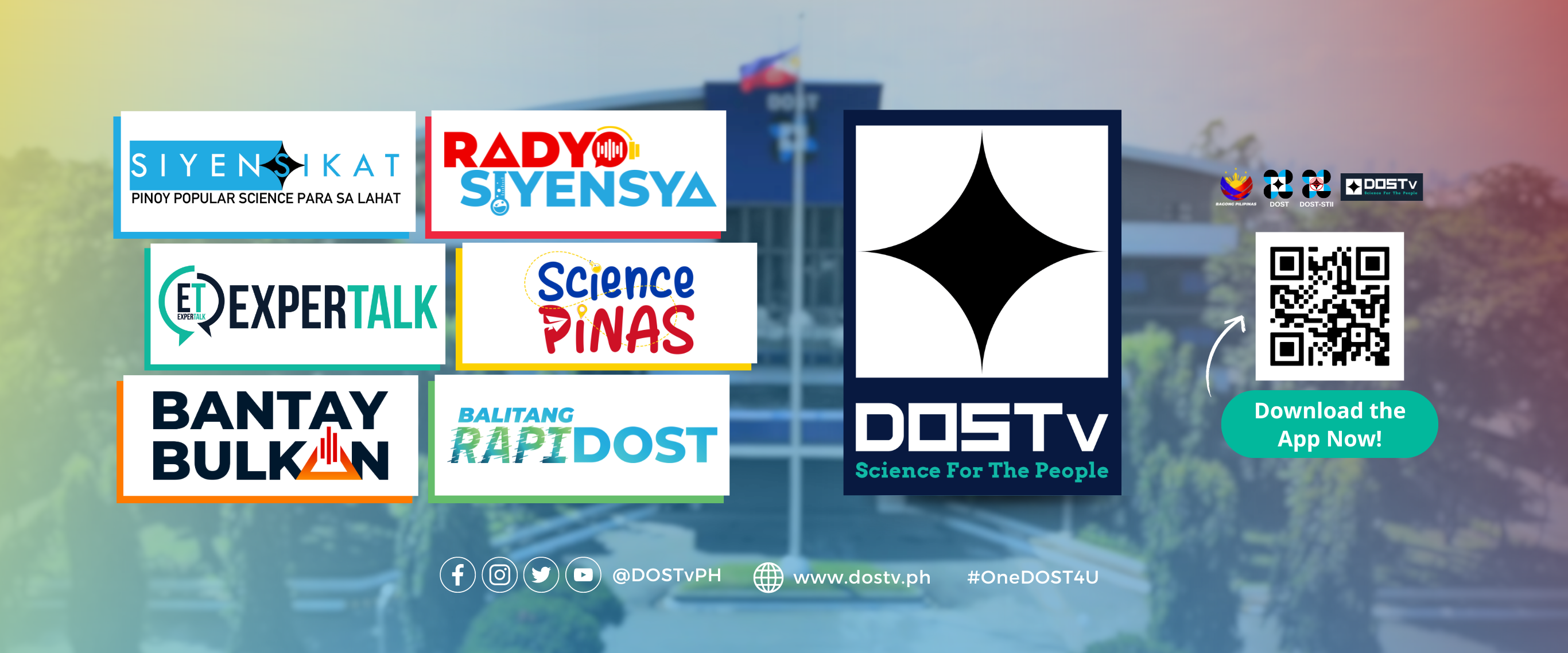

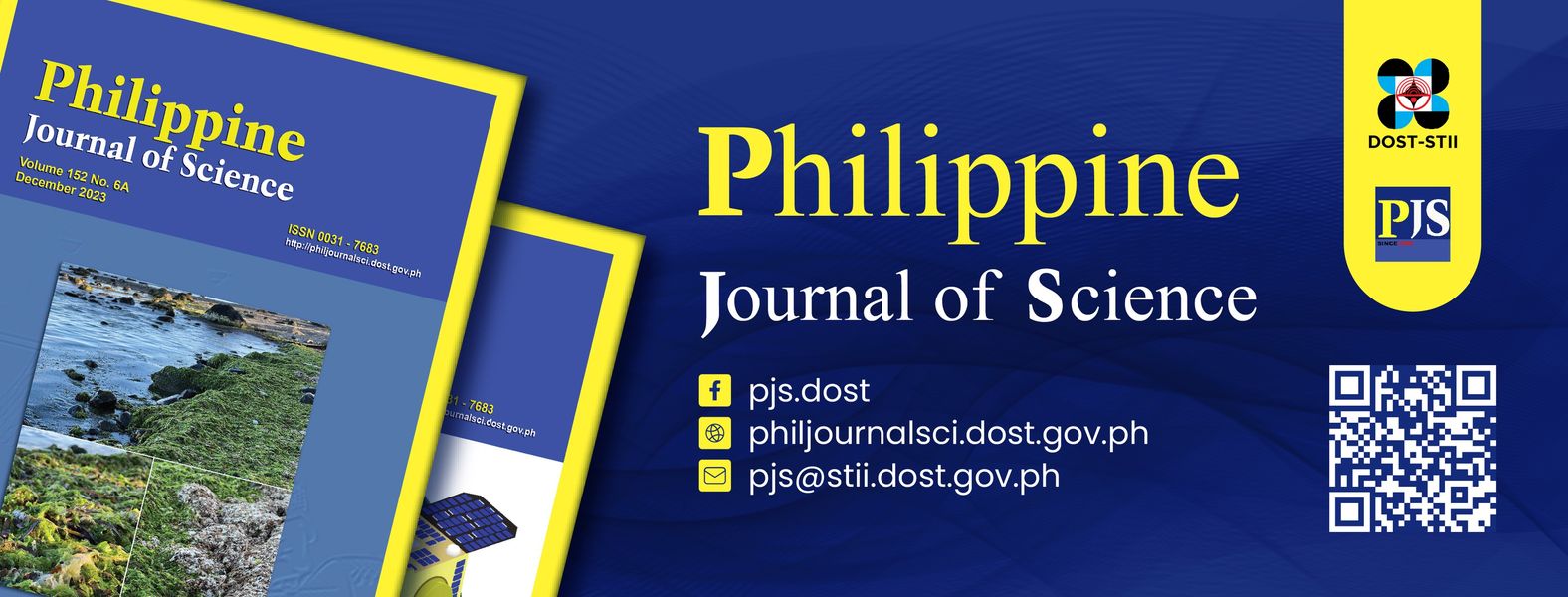




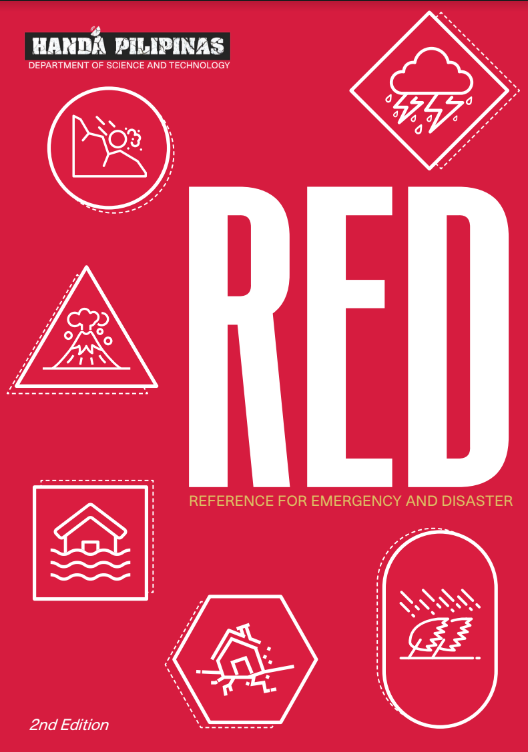





 21 in 2021 Technology Catalogue
21 in 2021 Technology Catalogue 21 in 2021 Technology Catalogue
21 in 2021 Technology Catalogue DOST Innovations - Web and Mobile Applications for Disaster Risk Reduction and Management
DOST Innovations - Web and Mobile Applications for Disaster Risk Reduction and Management